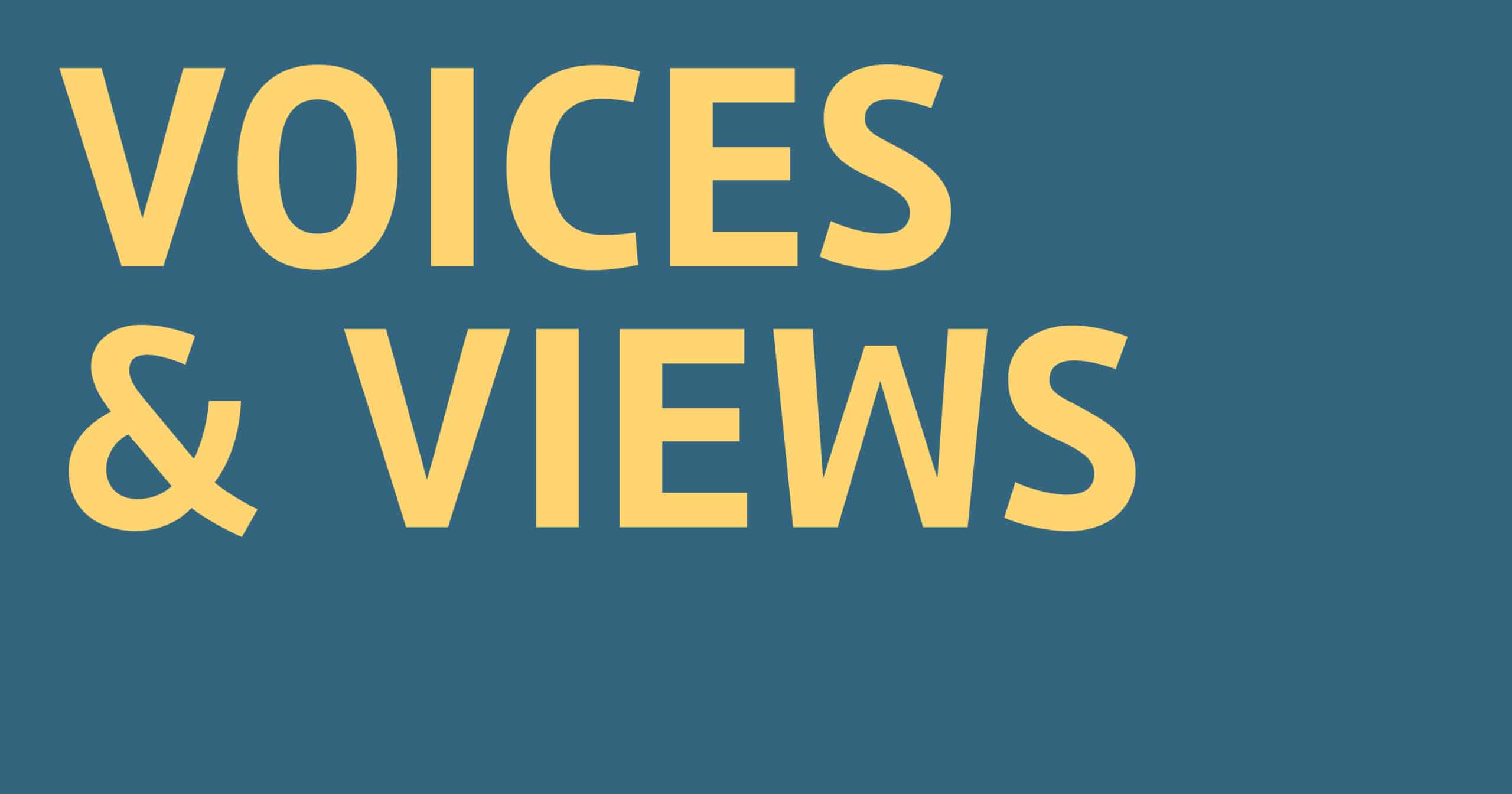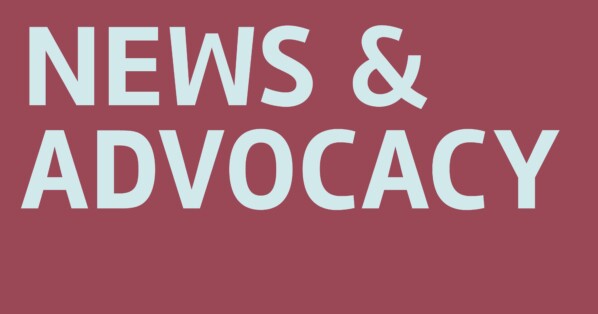Like many employees of essential businesses, the ways in which I work shifted drastically with the onset of the pandemic. Having a career in research and development with a pharmaceutical company meant my work would continue — and even intensify — in the pandemic world. Where buzzing conference rooms and break rooms existed in most office buildings, capacity was reduced across sites, physical distancing was instituted, and most of our meetings moved to virtual platforms such as Zoom or Microsoft Teams.
At the time of this writing, it’s been about eight months since we’ve made this shift, and frankly, I’m exhausted. I realize I’m writing from a place of privilege: I’m fortunate to still have my job, I’m in good health, and I don’t have children whose child care or school has been completely disrupted.
At first, I welcomed the Teams meetings. Because I work at one of the smaller research sites for my company, feeling truly connected with the major site has always been a challenge. As my company embraced Teams, I felt a stronger connection to many of my international colleagues. Because our other research sites are mostly in Europe, my mornings tend to consist of back-to-back meetings, with my afternoons more open for project work.
Yet, I soon found myself to be stiff and sore and totally worn out after just a morning of work. This feeling of exhaustion is far from unique and represents a considerable challenge of virtual meeting platforms. Interacting with others visually through lagging or low-quality videos makes us constantly search for connection during the exchange. And when we’re not able to find those feelings of connection, we’re left instead with feelings of anxiety and exhaustion.
People express empathy and build social relationships by involuntarily mimicking facial expressions and emotions. Facial expressions rarely come across clearly on Zoom, diminishing our ability to understand and emotionally connect with one another; this can make us feel lonely and reduces our chances of building trust with co-workers.
Benefits despite drawbacks
Despite the challenges of virtual meetings, there are also some distinct advantages to these platforms. Many companies that previously required employees to come to the office have now increased flexible and remote-work options. Senior leaders and executives who spent a majority of their time traveling are also grounded. These changes have the potential to reduce the environmental impact of business travel and the number of work-associated travel and commuting hours so that we have more personal time.
Video meetings have not only allowed us to continue our work with minimal interruptions, but also provided a way to connect with family and friends. It’s been almost a year since I’ve seen my family, and it’s so hard to know that it could be another year before I see them again. If I can’t share holiday and birthday celebrations, or watch my nephews and godchildren grow up in person, I can at least do these things connected by video call. Though I appreciate the technology that allows us this connection, I eagerly await the day when the office returns to some sense of normalcy, and I can hug my family and friends again.
Author
-
Emily L. Ongstad, Ph.D., is a senior scientist for AstraZeneca. She holds a B.S. in biomedical engineering from Michigan Technological University and an M.S. and Ph.D. in bioengineering from Clemson University. An active member of SWE, she was named a 2020 SWE Distinguished New Engineer; serves as Members at Large FY21 president; and is a member of the editorial board.







